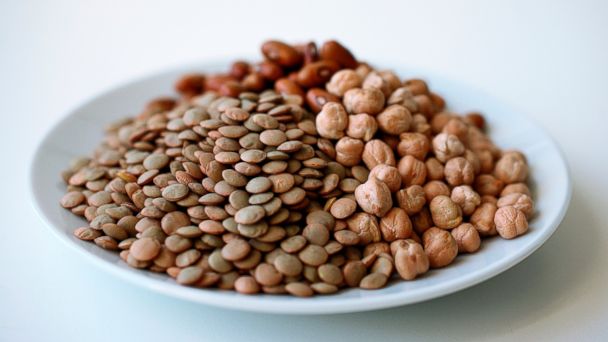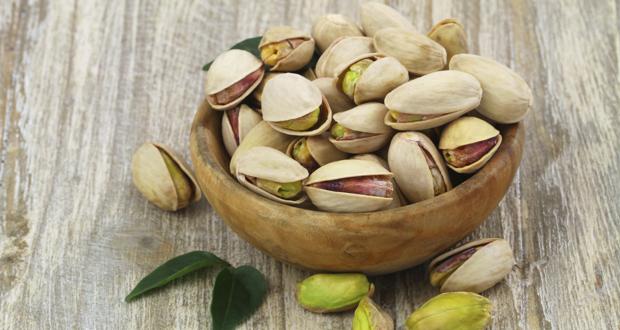
When you’re trying to lose weight, cutting back on the amount you eat is a given—but feeling hungry all the time is one of the major reasons why most diets fail within a week.
Still, you can silence your grumbling stomach without consuming extra calories. In fact, eating certain foods sends a signal to your brain that you’re done eating, and quiets your appetite.
Shut out the ice cream pint that’s calling your name by eating these healthy and satisfying foods.
Apples
Chomp on an apple approximately a half hour before a meal—the fiber and water from the apple will fill you up, so you’ll eat less, says Debra Wein, RD, president of Wellness Workdays, a leading provider of worksite wellness programs.
Avocado
Eating half of an avocado with your lunch may help you feel full for the rest of the afternoon, according to a study published in Nutrition Journal. Women who did that felt 22% more satisfied and had a 24% lower desire to snack three hours later than on days they ate a calorically equivalent lunch without the avocado.
Beans, chickpeas, lentils
Dietary pulses such as chickpeas, lentils, beans, and peas are protein-rich superfoods that also pack in fiber, antioxidants, B vitamins, and iron. Eating more of them may also help you control your appetite. A recent meta-analysis published in the journal Obesity found that people were 31% more satisfied after a meal when it included pulses.
Soup
In a Penn State study, people who slurped a bowl of low-calorie, broth-based soup before their lunch entrées reduced their total calorie intake at the meal by 20%. “Soups can take the edge of your appetite since they take up a lot of volume in your stomach, but with very few calories,” says Beth Saltz, RD, owner of nutritionskitchen.com.
Pickles
Pickles, sauerkraut, kimchi, and other fermented foods have short-chain fatty acids (SCFAs), and recent research in the Annals of The New York Academy of Sciences found that they help strengthen the bond between the gut and the brain. SCFAs stimulate production of hormones that cross the blood-brain barrier and improve appetite signaling. Fermented foods also boast probiotics, the healthy bacteria that help digestion. Some experts believe probiotics may reduce appetite and aid weight loss, though research is inconclusive.
Chili powder
You may already know that capsaicin, the compound in chilis that gives them their kick, fires up your metabolism. Recent research from Maastricht University in the Netherlands shows that adding heat to your meal may also control your appetite. The study, which was published in the journal Appetite, found that adding 1/4 tsp of chili pepper to each meal increased satiety and fullness. What’s more, some participants were only allowed to consume 75% of their recommended daily calorie intake, but didn’t feel any more desire to continue eating after dinner than those who were given 100% of their daily calories.
Dark chocolate
When you’re craving something sweet, reach for dark chocolate. Research suggests dark chocolate can help reduce blood pressure and protect the heart and brain. It’s also more filling than milk chocolate and may help curb cravings for both sweet and salty foods, according to a study in the journal Nutrition & Diabetes. In fact, participants consumed 17% fewer calories at a meal following a dose of dark chocolate.
Eggs
Starting your day with eggs will leave you satisfied until lunch. The power’s in the protein: research from the University of Missouri at Columbia suggests that eating a 300-calorie breakfast made up of 30 to 39 grams of protein (think: eggs and sausage) reduces hunger pangs and increases fullness during the time between breakfast and lunch. What’s more, the research revealed that high-protein breakfast eaters consume fewer calories throughout the day.
Nuts
Nuts are another filling food that may help you eat less. In a British Journal of Nutrition study, obese women who paired either 1.5 ounces of peanuts or 3 tablespoons of peanut butter with Cream of Wheat cereal and orange juice felt fuller for up to 12 hours after finishing breakfast than those who didn’t eat the peanut products. “Nuts are essentially designed by nature to control appetite because they’re rich in healthy unsaturated fat, along with bonus protein and fiber,” says Cynthia Sass, MPH, RD, Health contributing nutrition editor. Together, the three nutrients slow digestion and regulate blood sugar when combined with carbs like fruit, oatmeal, or brown rice.
Oatmeal
Consider ditching cereal for warm, gooey oatmeal. Oatmeal will keep you feeling fuller longer, suggests a study in the Journal of the American College of Nutrition. Participants were served 250 calories of cereal or oatmeal with 113 calories of milk. The oatmeal-eaters were satiated longer, and they also experienced a greater reduction in hunger and a decreased desire to eat compared to ready-to-eat cereal eaters. Why the difference? Oatmeal is higher in fiber and protein and also has higher amounts of beta-glucan–the sugars that give oatmeal its heart-healthy properties, hydration, and molecular weight compared to ready-to-eat cereals.
Water
Being low on H2O can trick you into believing you’re hungry. Why? The symptoms of hunger are similar to those of being dehydrated: low energy, reduced cognitive function, and poor mood. So next time you’re craving an afternoon snack, drink a tall glass of water and wait 10 minutes. Chances are, your hunger pangs will pass, and you’ll have saved hundreds of calories.
Source: yahoo news













